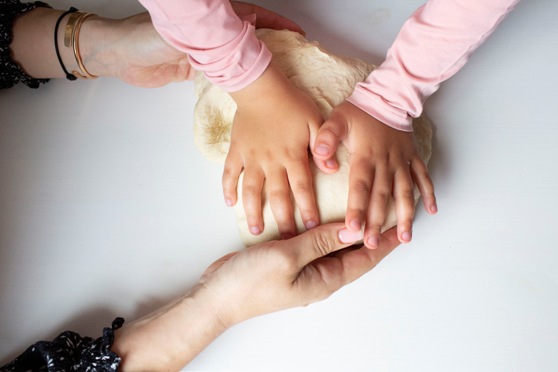The menu evolves for a Muslim holiday built around food
By Reem Kassis
It was still pitch black when Nadia Hamila, then a young schoolgirl, would roll out of her warm bed at 3:00 a.m. to accompany her father to the abattoir in northern London on the first morning of Eid al-Adha.
Hamila, who at 40 is an entrepreneur and the owner of a Moroccan packaged food business in London, still remembers feeling the excitement surrounding the holiday. She and her father would bring an entire sheep back to the apartment, where all the women would gather to clean the innards and trotters in the bathtub.
“We even had a specific order for the way we ate the meat,” she said. The first day of Eid al-Adha was for the organs. On the second day, they ate the head and trotters, and only on the third day, once the fresh meat had rested, would they make kebabs, tagines or grills.
Eid al-Adha, or Festival of Sacrifice, is the second of the year’s two major Islamic holidays and coincides with the Haj pilgrimage. It commemorates the prophet Ibrahim’s willingness to sacrifice his son Ismail at Allah’s request. According to the Quran, God ultimately offered Ibrahim a ram to kill in the son’s place. So people across the Islamic world have traditionally sacrificed a lamb — or goat, cow or camel, depending on the region — at home and divided it into thirds among the needy, friends and relatives and their immediate family.
Home butchering of animals is now banned in many countries, including large swaths of the Arab world, where a fifth of the globe’s Muslim population live.
Meat is still central to Eid al-Adha, which many Arabs refer to colloquially as Eid al-Lahm, or Festival of Meat. But as celebrations deeply entrenched in community and tradition start to slip away, especially for Arab Muslims in the diaspora, people are finding new ways of observing a holiday for which food is a hallmark.
Areej Bazzari, a digital marketing director at Salesforce, in San Francisco, grew up in Saudi Arabia and Jordan, where breakfast was the highlight of Eid al-Adha. On her family’s holiday table was a bounty of offal cooked in myriad ways: braised with garlic, fried with onion and spices, or mixed with eggs.
“We had teams,” Bazzari said, laughing. “Team liver, team kidneys — and that’s my visual of Eid at home, all of us quarrelling over who got to sit in front of which plate.”
Since her Palestinian family moved to Sonoma County in 2000, they have rarely prepared organ meat, which is harder to find fresh there. On the rare occasion that her father tracks down a fresh heart or kidneys, they will include it with other cuts of meat just to continue the tradition, but not with the same abundance they grew accustomed to in Saudi Arabia.
“We’re not going to a slaughterhouse,” she said. “This is, like, Dad going to Whole Foods.”
Bazzari, 38, cherishes the way her Eid al-Adha celebrations have evolved over the years. “I like that I can draw on childhood experiences and different cultural traditions I’m learning from friends here,” she said.
For her, Eid al-Adha now usually includes a large get-together of extended family and friends, with Eid decorations and countless dishes, including non-traditional ones like fattehs (toasted bread-based dishes with various protein toppings and sauces); shushbarak (meat filled dumplings cooked in yogurt sauce); and manaqeesh (flatbreads topped with za’atar and cheese).
But dessert — the highlight, which stays on the table for the remainder of the day — “is always a flavor from home,” Bazzari said. Her parents still fly to Saudi Arabia or Jordan every year and bring back desserts they save especially for Eid. Ka’ak and ma’amoul — quintessential holiday cookies in the Arab world, made with semolina and most often stuffed with dates or nuts — are the non-negotiable items on that table.
Hamila’s array of desserts this year will feature cookies stuffed with dates or nuts. But her star dish for the long holiday will be mechoui, a slow-roasted leg of lamb — a constant in her feast, for its symbolism as much as for its flavour. Side dishes will lean more toward salads and vegetables. “It’s the middle of summer,” she said, “and I want to keep it a bit light.”
This Eid al-Adha is tentatively set for July 20. Because Islamic holidays are pegged to the Hijri lunar calendar, the exact date depends on the sighting of a new moon, and, over time, the holidays move through the seasons. A decade or two ago, Eid al-Adha was celebrated in cooler weather. Over the past five years, the holiday has fallen in summer, influencing the food choices.
Hamila appreciates the departures from custom. “I’m a strong believer that traditions have to adapt,” she said. To her, what counts is embracing the celebrations and connecting with the spirit of the occasion.
-New York Times


